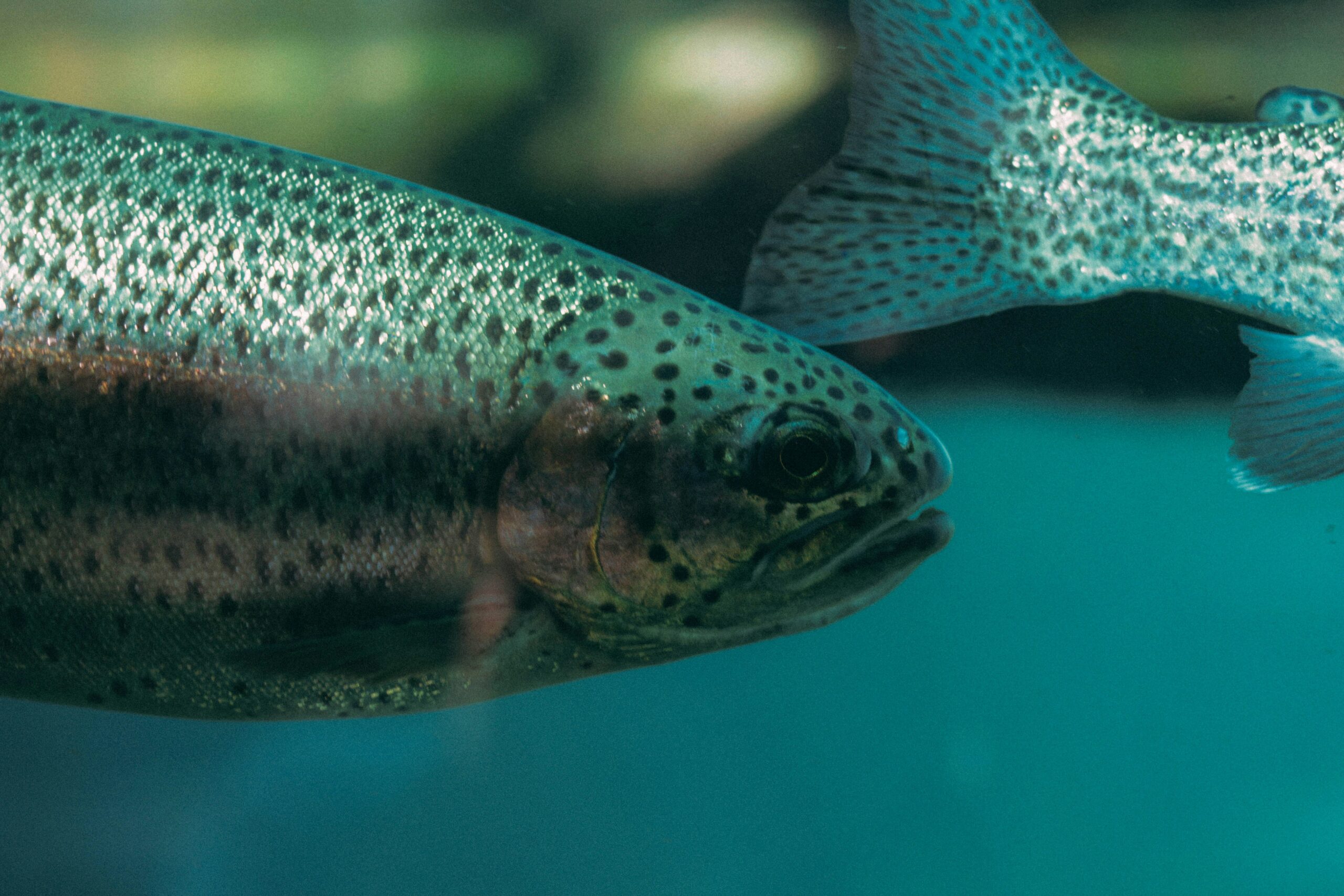


#farm-raised #fish #wild-caught
Doug Fogelson
Fish as a food are a powerful source of protein, omega’s, and other vitamins that our bodies can utilize to thrive. When shopping for fish as products we often see the terms “wild-caught” or “farm-raised” and both have significant impact on the overall environment in different ways. So, if you want to continue to eat fish responsibly what is the best practice?
In wild-caught we know that approximately 70 percent of the global fish “stocks” are regularly overfished and exploited, with the additional impacts from commercial fishing nets dragging along the seafloor causing further habitat destruction. That said, more sustainable methods for catching ‘free-range’ seafood are also used (such as trolling lines, jigs, handlines, etc.) which allow for the release of unwanted species and don’t bruise the fish. Similarly named “trawlling” is also a net method (so look deeper into the claim whenever possible). Trawling, grill-netting, or seining can bulldoze the ocean floor, and become detached but keep on “fishing”, etc. effectively yielding more of everything whereas trolling is specific to a species like tuna or salmon.
Better regulation and enforcement of the types of fishing and amounts harvested would help preserve fish stocks. Today each coastal nation has jurisdiction over their own waters up to 200 miles offshore. The United Nations Convention on the Law of the Seas provides a baseline framework and charts, but each nation can set their own limits, licensing, bans, and so on. What happens beyond the 200 mile jurisdiction in the “high seas” is largely based on cooperation and collaboration, despite some guidelines from Regional Fisheries Management Organizations.
With farm-raised fish, aka “Aquaculture,” fish species are contained and grown in enclosures that can be located within the ocean, lakes, rivers, or even located on land in stand-alone aquaculture tank facilities or man-made ponds. Aquaculture is productive, with a wide range of salt and freshwater creatures being farmed, and the practice offsets wild fish populations to ostensibly reproduce and rebound, with farmed fish providing 40% of the seafood we consume today [Britannica].
Farmed “finfish”, cultured bivalves, crustaceans, etc. can create significant outputs of waste and contaminants back into aquifers or surface waters and require carbon producing inputs in feed (other fish and plants, etc), veterinary drugs, and pesticides. In addition the fish can contain dioxins, PCB’s, or other chemical compounds from their environment, including mercury (both wild and farmed have some levels of mercury) ideally this identified by testing before heading to market. Fish farming can be carbon intensive in many ways but is ultimately much less carbon producing (by about half) as compared to wild harvested [thefishsite]. Innovative work is being done to improve aquaculture and reduce its environmental impact, implement bio-secure inputs, better feed, transportation/energy, and value chain.
Wild-caught fish taste different than farm-raised, have greater omega-3 fatty acids, but can contain more contamination, while farm-raised fish have greater omega-6 fatty acids, and less risk. Things to note when shopping for farm raised fish are: farm location (Canada, Norway, and Scotland rank higher in quality and regulation than Asian farms), quality of aquaculture and feed, and info on how fish are stored.